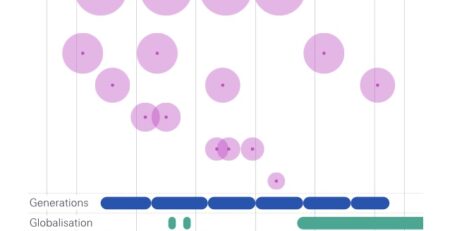Understanding Job Transitions and Retirement Expectations Using Stated Preferences for Job Characteristics
By Nicole Maestas (Harvard Medical School – Department of Health Care Policy), Kathleen J. Mullen (RAND Corporation), David Powell (RAND Corporation), Till Von Wachter (University of California, Los Angeles (UCLA) – Department of Economics), Jeffrey B. Wenger (RAND Corporation; American University – School of Public Affairs)
As the population ages in the United States and other countries, encouraging older individuals to work would help counter increasing dependency ratios and improve national economic outcomes. Extending working lives is likely not simply a function of improving monetary incentives. Instead, job characteristics are also potentially important, yet understudied, determinants of whether individuals near retirement remain in the labor force. We use previously-collected data on job characteristics and preferences for job characteristics and work at older ages from the 2015 American Working Conditions Survey. We match the 2015 data with new data on job transitions collected three years after the initial survey. We use the matched data to study the relationship between preferences for job characteristics and actual job transitions. We then estimate heterogeneity in preferences for job characteristics as a function of age and plans for retirement. We test whether preferences differ for older workers ages 50 to 61 with different self-perceived probabilities of working in the future. Finally, we test whether preferences differ for retirement-aged individuals ages 62 and older who are working or not working.
Source: SSRN










